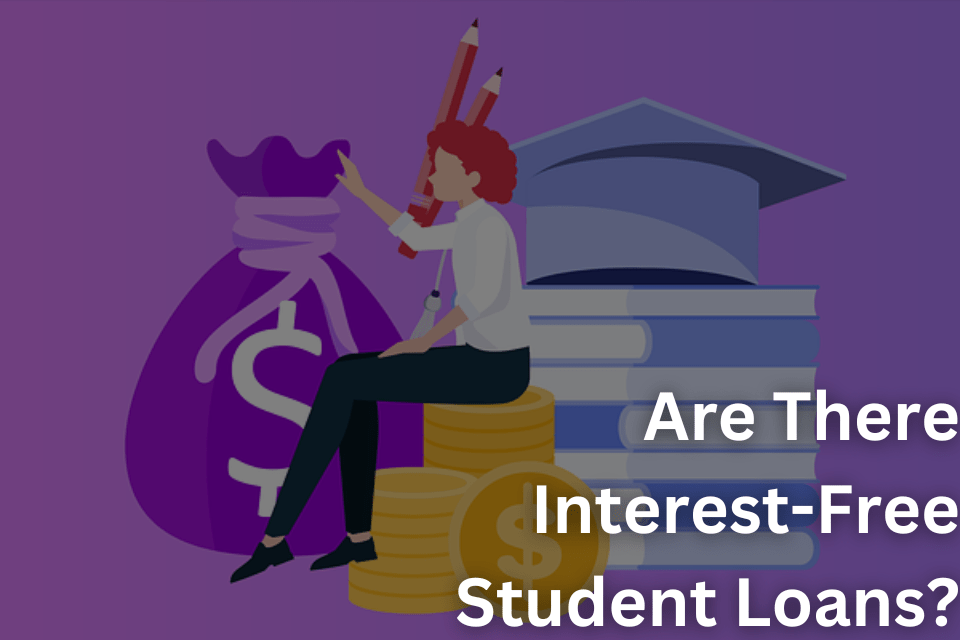As a college student, one of the biggest concerns you may have is how to pay for your education. The cost of tuition, room, and board can add up quickly, and many students turn to student loans to help cover the expense. However, not all student loans are created equal, and some come with high interest rates that can add thousands of dollars to the total cost of your education. That’s why many students and their families are interested in finding interest-free student loans. But are there such options available? In this article, we’ll explore the different types of interest-free student loans that are available, and how you can apply for them.
Federal Interest-Free Student Loans
The federal government does offer some interest-free student loan options. The most well-known of these is the Federal Pell Grant, which is a need-based grant that does not have to be repaid. The grant is available to undergraduate students who demonstrate a high level of financial need.
Another federal interest-free student loan option is the Federal Supplemental Educational Opportunity Grant (FSEOG). This grant is also need-based and is awarded to undergraduate students with exceptional financial need.
Additionally, the Federal Work-Study program allows students to earn money through part-time employment to help pay for their education, and it is also interest-free.
Private Interest-Free Student Loans
There are some private lenders that offer interest-free student loans, but they are typically more difficult to find and may have stricter qualifications. Some private lenders may offer interest-free loans to students who attend certain colleges or universities, or to students who have a certain grade point average.
It’s also worth noting that some private lenders may offer interest-free loans with the catch that they must be repaid within a short period of time, such as six months. These loans can be useful in a pinch, but they may not be a long-term solution.
Other Interest-Free Options
In addition to student loans, there are other ways to pay for college that don’t involve interest. Scholarships and grants are two popular options, as they do not have to be repaid.
There are thousands of scholarships available, and they can be awarded based on a wide variety of criteria, such as academic achievement, athletic ability, or even your intended field of study.
How to Apply for Interest-Free Student Loans
The application process for interest-free student loans will vary depending on the type of loan you’re applying for.
For federal interest-free student loans, you’ll need to fill out the Free Application for Federal Student Aid (FAFSA) to determine your eligibility for grants and other financial aid.
To apply for private interest-free student loans, you’ll need to contact the lender directly to learn about their application process and qualifications.
Conclusion
While interest-free student loans can be difficult to find, they are not impossible to come by. Federal grants and the Federal Work-Study program are two options that are worth considering, as well as scholarships and grants. With a little research and persistence, you may be able to find an interest-free student loan that will help you pay for your education without accruing additional debt.
It’s also worth noting that the best way to avoid high interest rates on student loans is to minimize the amount you borrow in the first place. Look for ways to cut costs, such as attending a less expensive school, living at home, or working part-time while in school. In addition, consider applying for scholarships and grants, and exhaust all other forms of financial aid before taking out student loans.
In conclusion, interest-free student loans do exist, but they may be more difficult to find than traditional student loans. However, with a little research and persistence, you may be able to find an interest-free student loan option that can help you pay for your education without accruing additional debt. Be sure to also consider other options such as scholarships, grants, and the Federal Work-Study program. It’s also important to minimize the amount you borrow and exhaust all other forms of financial aid before taking out student loans.

